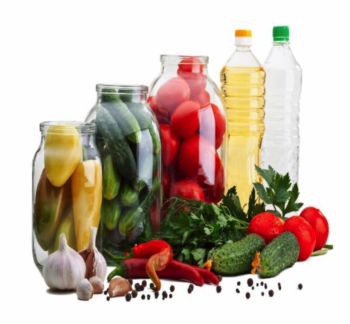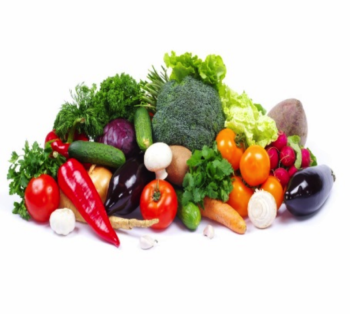What’s All the Hype About Fermentation?
Before there was refrigeration, there was fermentation. This was how our great grandparents managed to pick radishes, cucumbers, or asparagus in summer and then consume them throughout fall and winter. They’ve allowed foods to ferment, which is the process of degradation by bacteria and fungi. If you eat kosher pickles, prosciutto, salami, and yogurt, you are already consuming fermented foods, whether you know it or not.
Fermentation: The old way for humans to store food for more than a few days after picking or harvesting. – Tweet this!
Fermented foods are a source for lactate-fermenting organisms such as Lactobacillus and Bifidobacterium. Lactic acid reduces pH and kills dangerous organisms. There is a wonderful intersection between lactic acid fermentation and human health, as the bacteria contained in fermented foods are also among the species that have been found to exert the greatest health benefits in humans, such as
Reductions in LDL cholesterol,
Improved intestinal health, and
Weight control.
The number of bacteria contained within the fermented food varies widely depending on:
What food it is, how long fermentation was allowed to proceed,
The ambient temperature,
The availability of other nutrients such as amino acids and fatty acids, and
Other factors

The number of bacteria range from trivial (as in most commercial yogurts and kefirs) to substantial (as in naturally fermented dairy products: kimchi fermented, sauerkraut not in a can and unheated-not the stuff sold in grocery stores that is pickled in vinegar rather than fermented).
Cheese and cottage cheese do not provide substantial probiotic bacteria, as the whey fraction that is removed after fermentation contains much of the bacterial content.

Just about any fruit or vegetable can be subjected to fermentation. – Tweet this!
Some other sources include:
Kombucha (a fermented tea)
Takuan (Japanese fermented daikon radish)
Natto (fermented soybeans that are exceptionally rich in vitamin K2)
Garum (fermented fish sauce).
While fermented foods cannot replace a high-potency probiotic (especially if the probiotic contains a large variety of bacterial strains) they can be very helpful for maintaining healthy flora and bowel health over the long term. There are some foods that you can easily make in your own home, thereby avoiding all the nasty and unnecessary ingredients used by food manufacturers and saving lots of money.
If you aren’t up for making your own fermented foods, which is exceptionally easy and satisfying, look for fermented foods in the refrigerated section of health food stores or supermarkets. The label will usually say “contains live cultures” or something similar.
Avoid canned or bottled fermented foods, as the canning or bottling process kills the bacteria. – Tweet this!
Yours in grainless health,
Dr. William Davis
The post What’s All the Hype About Fermentation? appeared first on Dr. William Davis.
Dr. Davis Infinite Health Blog
Recognize that this i The insights and strategies you can learn about in Dr. Davis' Infinite Health Blog are those that you can put to work to regain magnificent health, slenderness, and youthfulness.
Recognize that this is NOT what your doctor or the healthcare system provides, as they are mostly interested in dispensing pharmaceuticals and procedures to generate revenues. The healthcare INDUSTRY is not concerned with health--you must therefore take the reins yourself.
Dr. Davis focuses on:
--Real, powerful nutritional strategies
--Addresing nutrient deficiencies unique to modern lifestyles
--Deep insights into rebuilding the microbiome disrupted by so many modern factors
Follow Dr. Davis here and on social media and you can witness the extraordinary successes people enjoy on his programs. ...more
- William Davis's profile
- 160 followers



